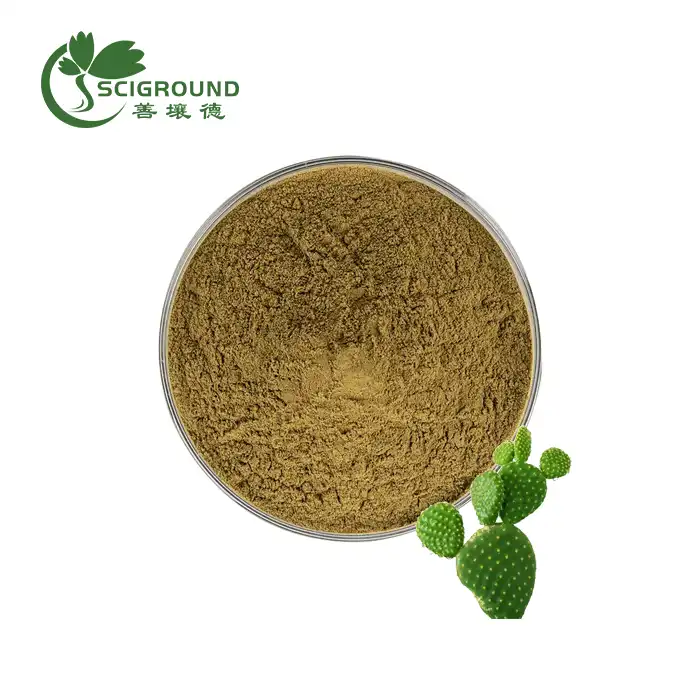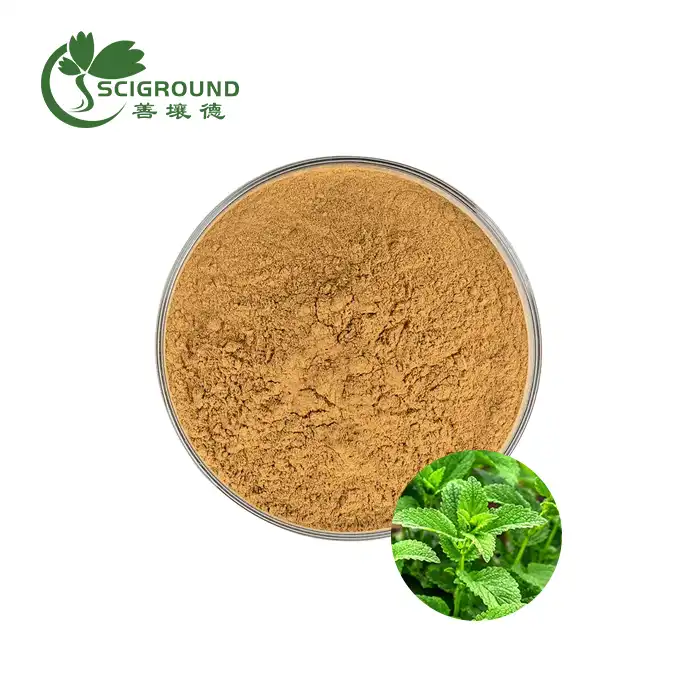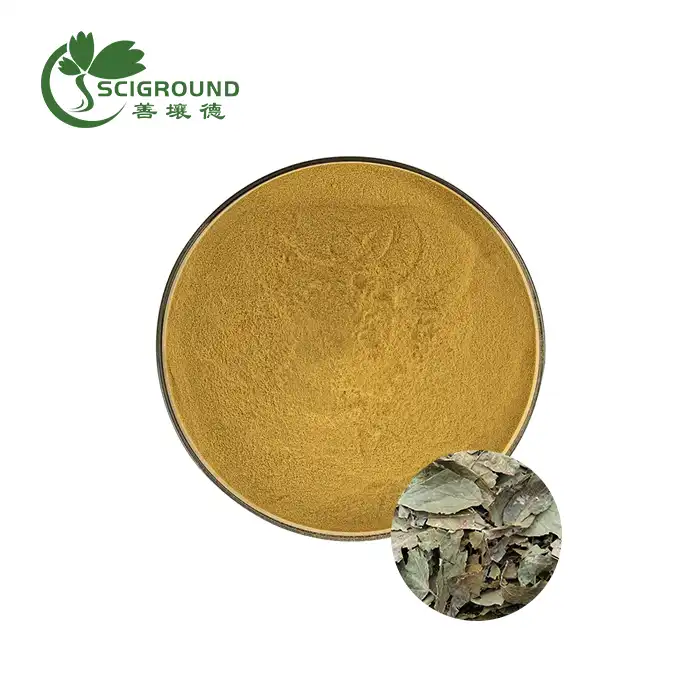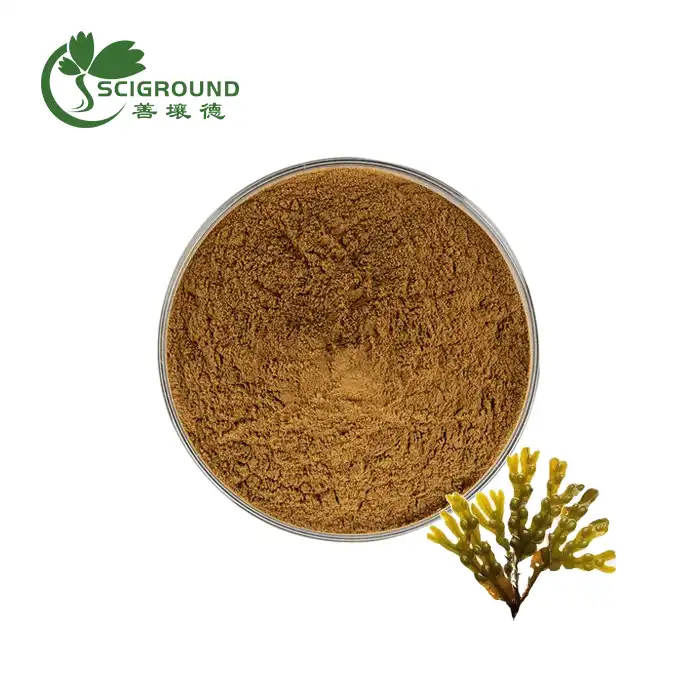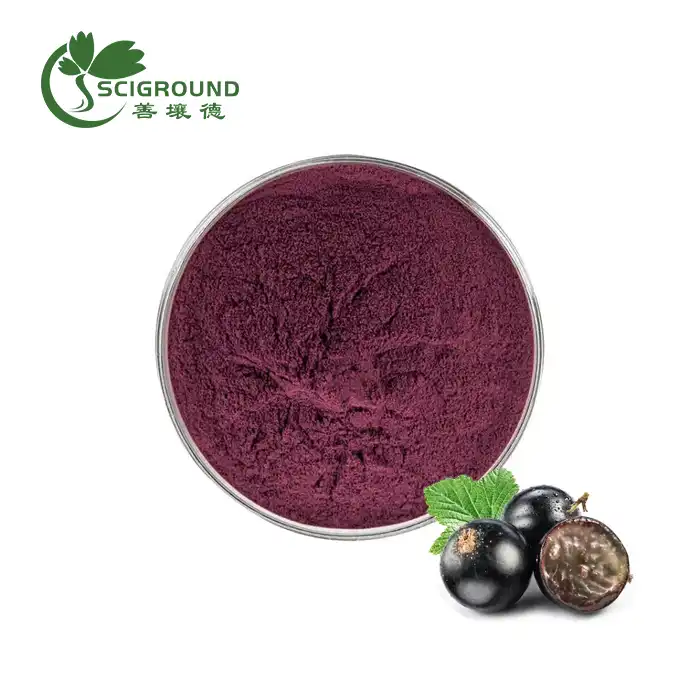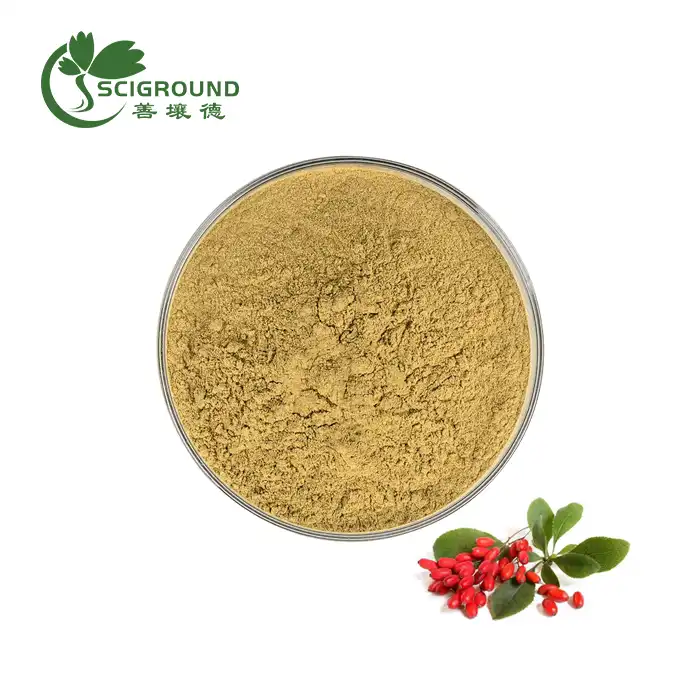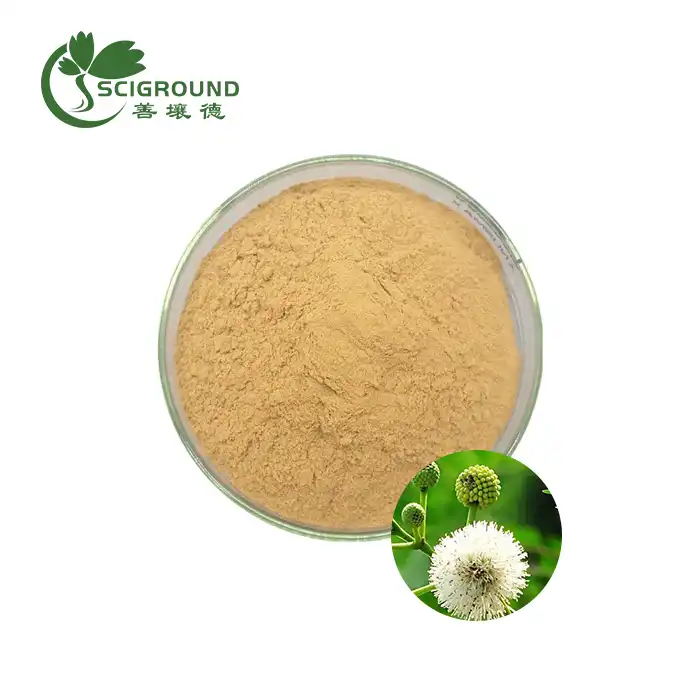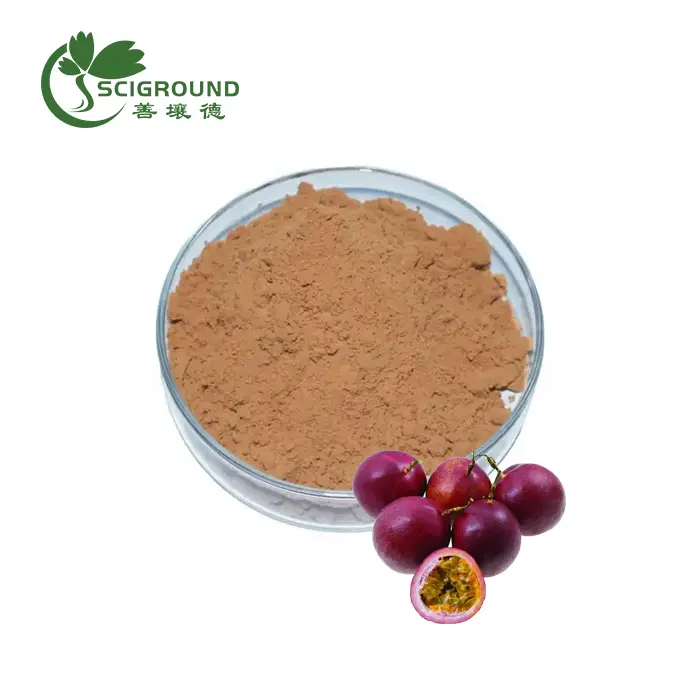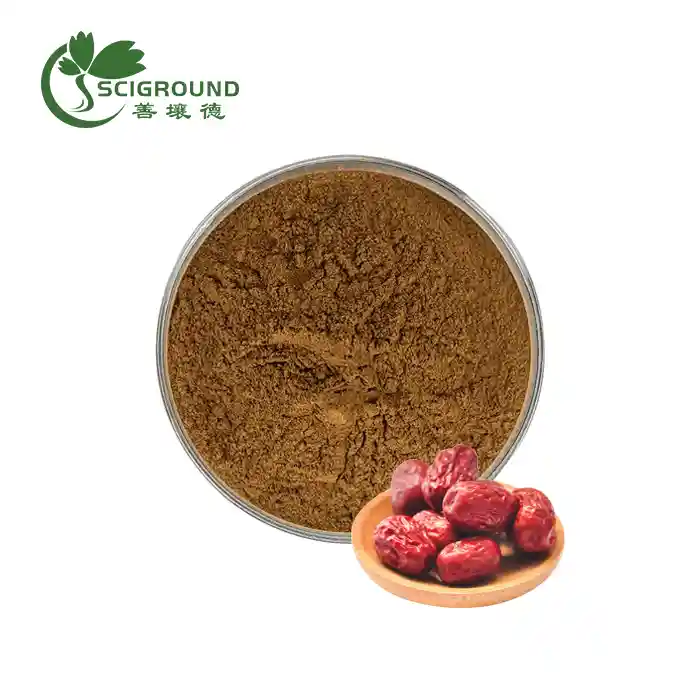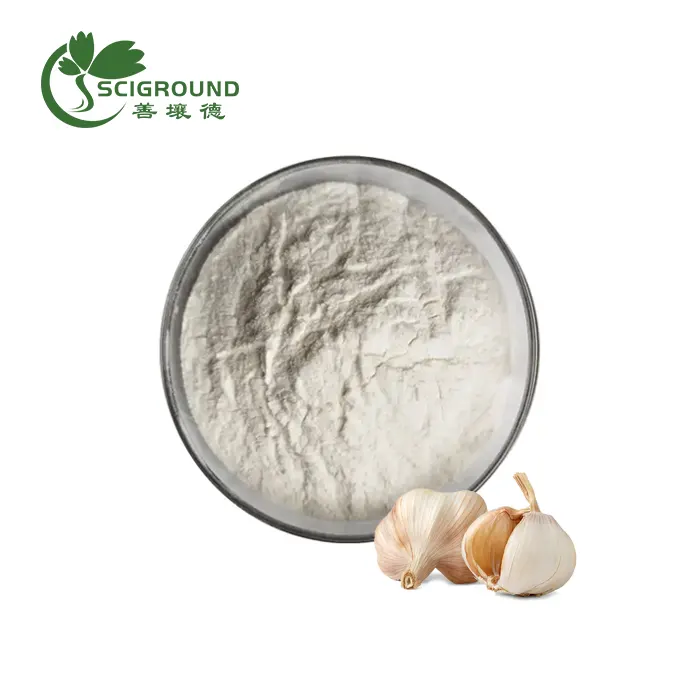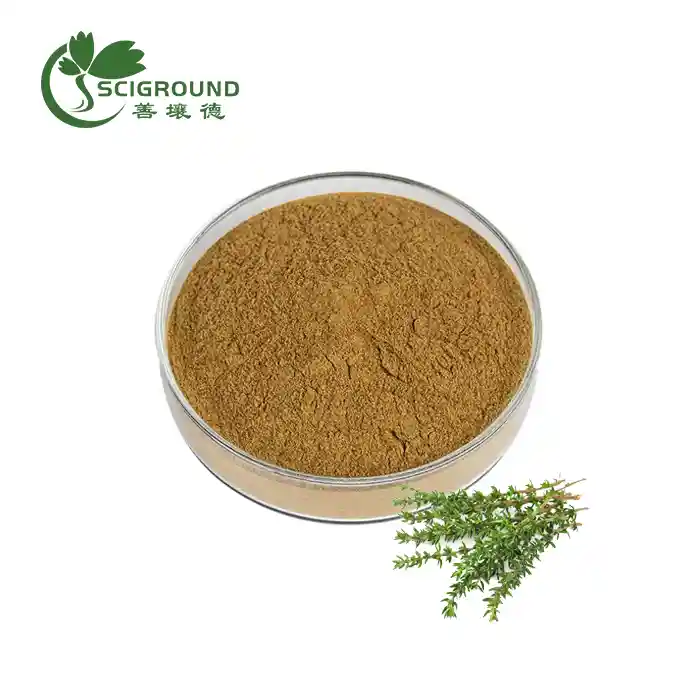English
Ratio Extract
0High-Quality Herb Extracts & Ratio Extract between the amount of botanical material used in the extraction process and the amount of extract produced are referred to as "plant to extract ratios." Plant to Ratio Extract proportions can be deceiving while their significance isn't obviously perceived.
The quality of the raw starting material (as defined by pharmacopeial standards), the extraction solvent(s) used, the duration and temperature of the extraction, and the percentage and type of excipients present all have an impact on the composition of the final extracts, so plant to extract ratios do not adequately describe botanical extracts. Constituent "fingerprinting" may also be important qualitative descriptions.
Despite these drawbacks, botanical extract ratio are frequently utilized in dosage calculations as a measure of extract strength. This article explains what "Plant to Extract Ratios" mean and how to properly describe and label botanical extract ingredients and products that contain them.
The extract ratio herbs's potency is indicated by the ratio you see. For instance, a 10:1 extract indicates that one part of the final extract contains ten parts of the original plant, resulting in a powder that is extremely concentrated.
It also indicates that powder extracts may be more potent than the plant from which they are derived. As a result, dosages for whole herb supplements may sometimes (but not always) be significantly higher than those for extracts—the higher the potency, the lower the dose to ensure that the supplement is safe to consume.
In order to extract ingredients from natural materials on a specific scale and make use of the appropriate solvent's size and type, ratio is used.
The quality of the raw starting material (as defined by pharmacopeial standards), the extraction solvent(s) used, the duration and temperature of the extraction, and the percentage and type of excipients present all have an impact on the composition of the final extracts, so plant to extract ratios do not adequately describe botanical extracts. Constituent "fingerprinting" may also be important qualitative descriptions.
Despite these drawbacks, botanical extract ratio are frequently utilized in dosage calculations as a measure of extract strength. This article explains what "Plant to Extract Ratios" mean and how to properly describe and label botanical extract ingredients and products that contain them.
The extract ratio herbs's potency is indicated by the ratio you see. For instance, a 10:1 extract indicates that one part of the final extract contains ten parts of the original plant, resulting in a powder that is extremely concentrated.
It also indicates that powder extracts may be more potent than the plant from which they are derived. As a result, dosages for whole herb supplements may sometimes (but not always) be significantly higher than those for extracts—the higher the potency, the lower the dose to ensure that the supplement is safe to consume.
In order to extract ingredients from natural materials on a specific scale and make use of the appropriate solvent's size and type, ratio is used.
27
